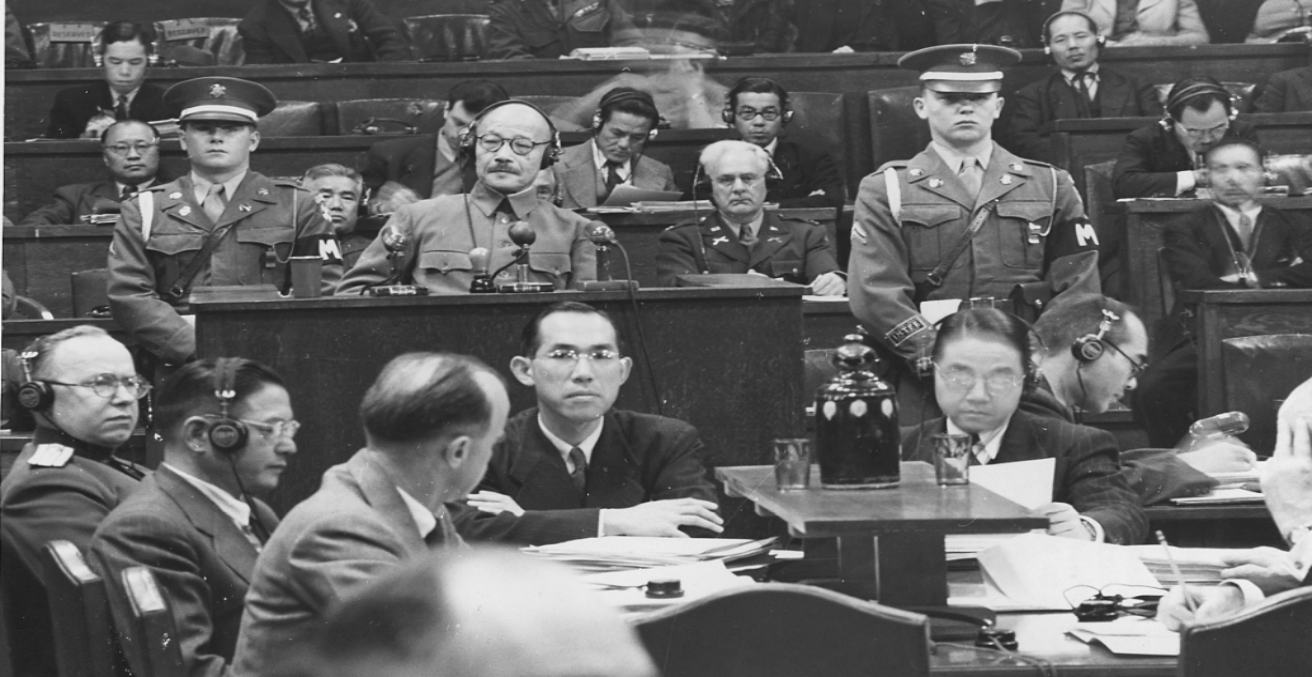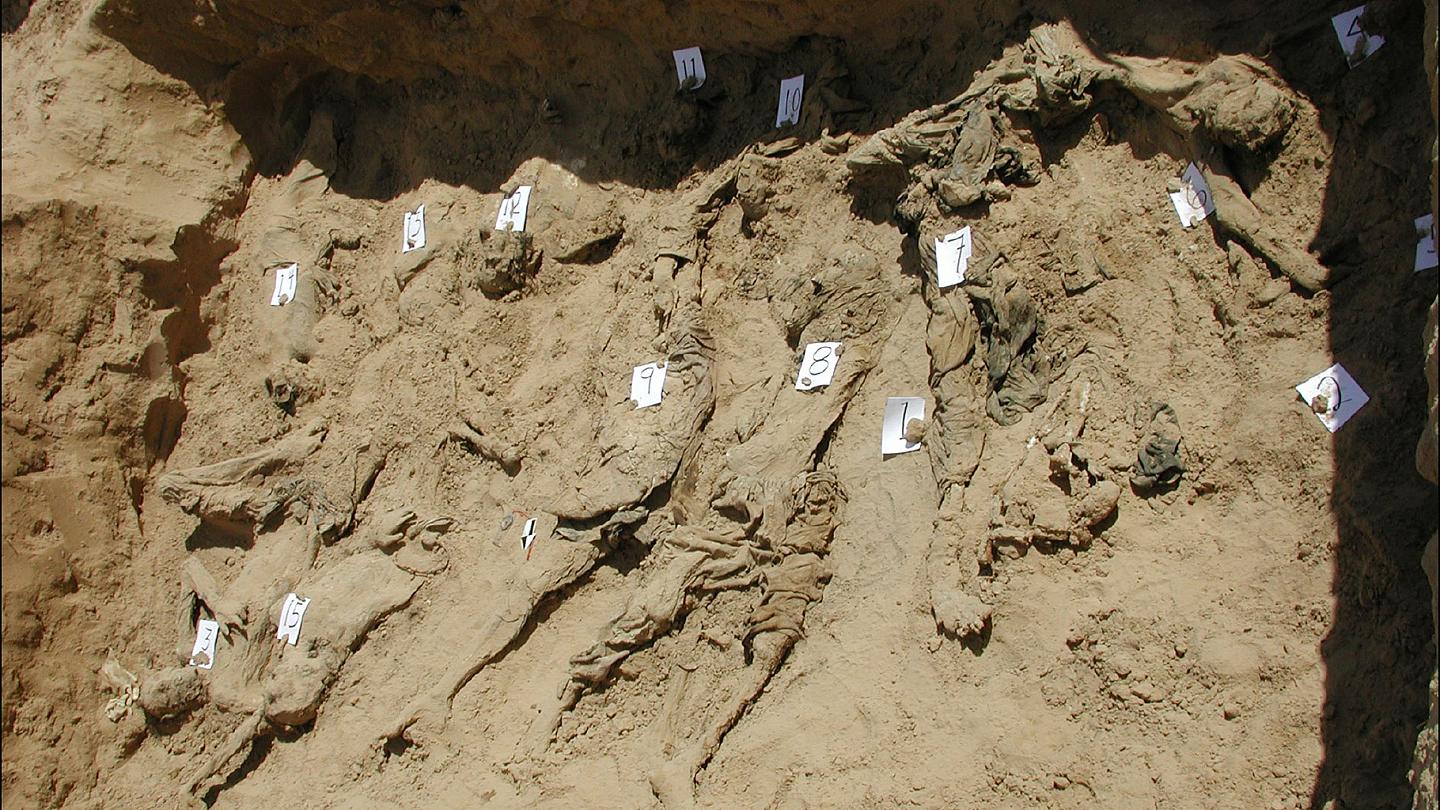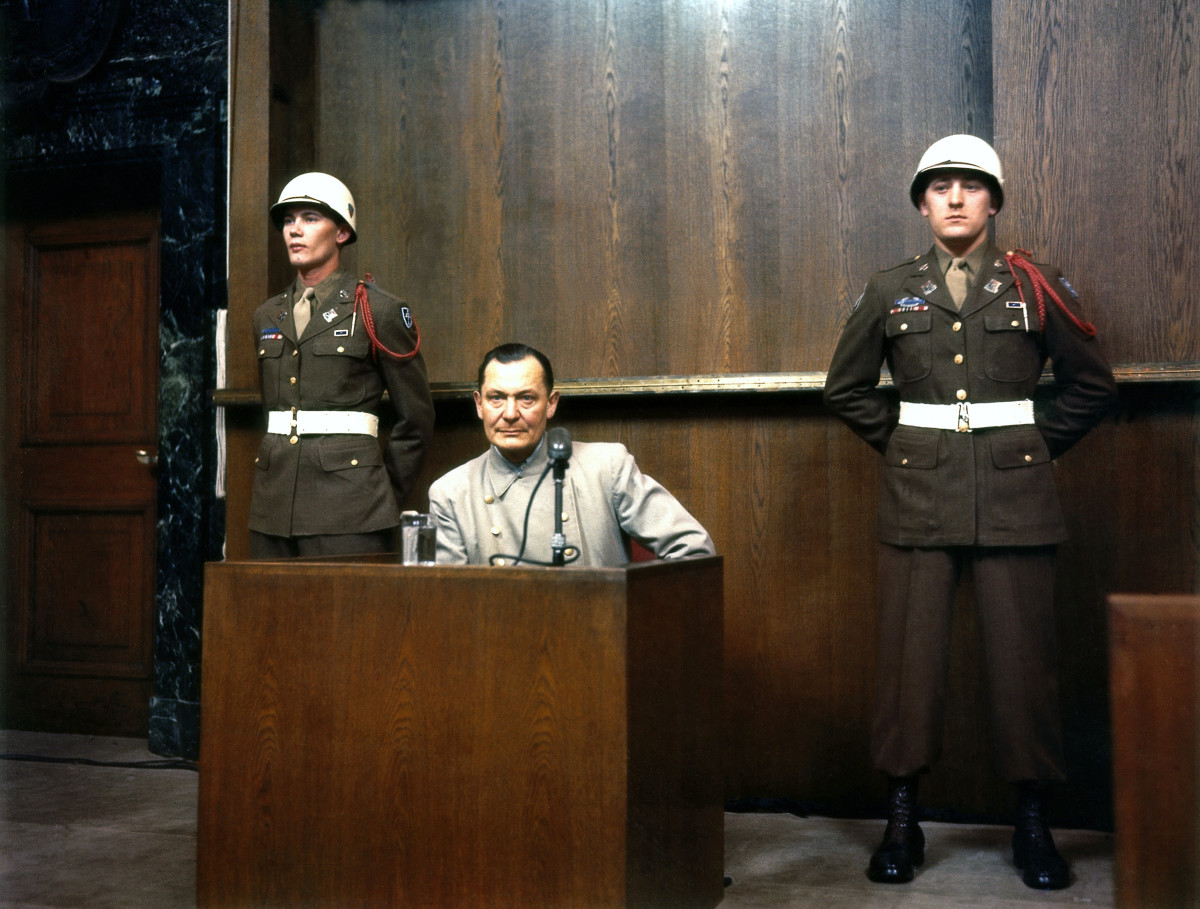As a society, we are often confronted by the harsh realities of armed conflicts occurring across the world, oftentimes with millions of innocent casualties. However, even at the peak of war, there are certain lines that must not be crossed. In this article, we will look at war crimes, and what international law has to say about them.
What is a War Crime?
Under international law, a war crime is a serious violation of the laws and customs of war as defined by numerous treaties. Usage of the term, and its application, has been evolving constantly, particularly since the end of World War I. The first attempt to fully define war crimes was the Lieber Code, which was issued by President Abraham Lincoln during the American Civil War in 1863. We can thank the Lieber Code for statutes such as “it is a serious breach of the law of war to force the subjects of the enemy into service for the victorious government” and the prohibition of “wanton violence committed against persons in the invaded country,” including rape, maiming, and murder. These and a few more laws served as the basis for further treaties, such as those that lead to the creation of the International Criminal Court. Modern definitions of war crimes are more expansive and criminalize certain behaviours committed by civilians as well as by military personnel.

History of War Crimes
In the aftermath of World War I, the Allied powers convened a special Commission on the Responsibility of the Authors of the War and on Enforcement of Penalties. This commission recommended that the war crime trials be held in front of the victors’ national courts, and if appropriate, an inter-Allied tribunal. Although the Allies submitted a list of 900 suspected war criminals, their main target was the German Emperor, Wilhelm II, who most of the Allied members held responsible for numerous violations of the laws of war. However, this never came to pass as the Emperor, along with several other notable war criminals were able to escape prosecution by either fleeing to the nearby Netherlands, or by the German government’s reluctance to turn over the accused. In the end, a compromise was reached where a small number of suspects were tried before the Supreme Court in Leipzig, and given sentences that ranged from a few months to four years in prison.
The Nuremberg And Tokyo Trials
The next major attempt to prosecute war criminals happened at the end of World War II. As history has shown us, several atrocities were committed by Adolf Hitler’s Nazi regime, and the Allies had announced their intention of punishing those guilty of war crimes, in particular Germany and Japan.
The International Military Tribunal in Nuremberg, Germany, tried 22 Nazi leaders and was conducted in four languages, lasting nearly 11 months. All but three of the defendants were convicted; 12 were sentenced to death. The remaining defendants received lengthy prison terms, which they served at Spandau Prison in West Berlin. Subsequent trials were held under the auspices of Control Council Law No. 10, which was used to prosecute accused Nazi war criminals whose crimes took place in specific locales.
Japanese defendants accused of war crimes were tried by the International Military Tribunal for the Far East. The trials were conducted in English and Japanese and lasted nearly two years. Of the 25 Japanese defendants, 7 were sentenced to hang, 16 were given life imprisonment, and 2 were sentenced to lesser terms. Except for those who died early of natural causes in prison, none of the imprisoned Japanese war criminals served a life sentence. Instead, by 1958 the remaining prisoners had been either pardoned or paroled.
The Geneva Conventions
After the Nuremberg and Tokyo trials, numerous international treaties and conventions attempted to devise a comprehensive and enforceable definition of war crimes. The four separate Geneva conventions, adopted in 1949, made it possible to prosecute certain acts committed in violation of the laws of war. The conventions provided for the protection of wounded, sick, and shipwrecked military personnel, prisoners of war, and civilians. Like the convention on genocide, however, the Geneva conventions specified that trials were to be arranged by individual governments. In 1977 two protocols were adopted to clarify and supplement the Geneva conventions. Recognizing that many conflicts were internal rather than international in scope, the second protocol afforded greater protection to guerilla combatants in civil wars or wars of “self-determination.”

Recent Trends
In 1993 the Belgian legislature passed a controversial law giving its courts the right to try any individual accused of a war crime anywhere in the world. The law, which resulted in lengthy prison sentences for two Rwandan nuns found guilty of genocide and in judicial complaints against many world leaders, was invalidated by the International Court of Justice in 2002. In 1998 in Rome, some 150 countries attempted to establish a permanent international criminal court; the negotiations eventually resulted in the adoption by 120 countries of a governing statute for an International Criminal Court (ICC) to be located permanently at The Hague. The statute provided the ICC with jurisdiction for the crimes of aggression, genocide, crimes against humanity, and war crimes. The court came into existence on July 1, 2002, and by 2016 the statute had been ratified by some 120 countries; three of the permanent members of the UN Security Council (China, Russia, and the United States), however, had not yet approved it.

